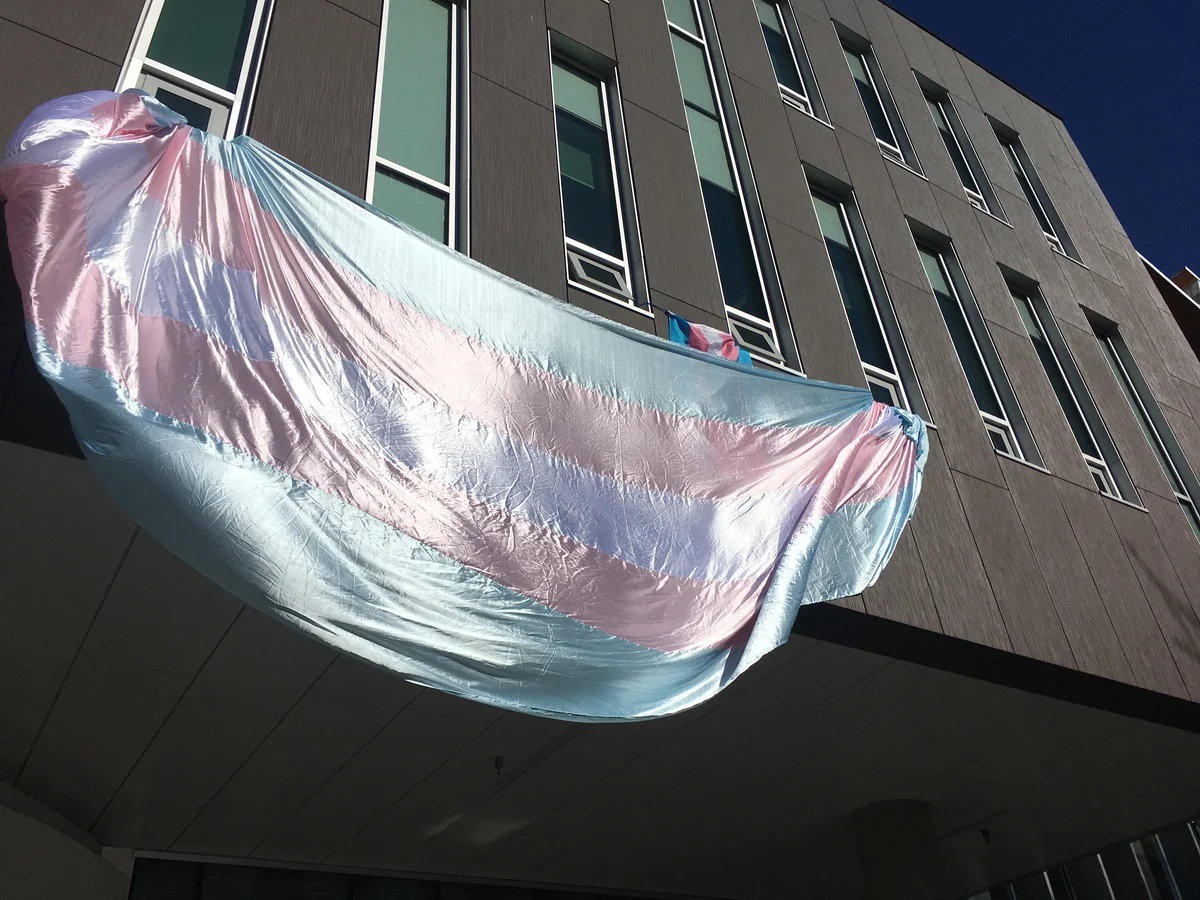
UBC now allows students to display which pronouns they use to their instructors and classmates on Canvas.
Dr. Sara-Jane Finlay, UBC’s associate vice-president, equity & inclusion, hopes that this feature will reduce instances of misgendering and encourage respectful online behaviour.
“This is part of a broader effort that we’ve been making at the university to normalize and socialize the use of pronouns amongst our community members,” she said.
Finlay said this effort includes the preferred name function on the Student Information System (SIS), distributing pronoun buttons at events across campus and the option to add pronouns in email signatures for faculty and staff.
However, the SIS is over 20 years old and lacks non-binary gender options, only allowing a student’s pronouns and non-binary gender identity to be contained in the notes section. The university hopes to address this with non-binary gender options in its upgrade to Workday software as part of the $362-million Integrated Renewal and Application Ecosystem Programs.
- Why students don’t have non-binary gendered options in UBC’s information systems
- Ask Pawan: I want to be more inclusive of gender identities
Finlay noted that there were consultations with student groups such as the Pride Collective and Totem Park Pride Collective before this function was approved.
Second-year science student and Pride Collective member Jade Fink was “happy” about the announcement, but thought that it was a difficult setting to find on Canvas — something that could prevent more students from adopting the feature. They said only 6 of 557 students in their class had their pronouns displayed.
“It’s arduous to say the least, because you have to go to your Canvas profile, and then go to settings, and there’s this button on the right ... and you click edit settings,” they said. “I don’t think anyone would find this by accident.”
Canvas pronouns also appear mainly on discussion boards, they said, and don’t extend to linked services like Collaborate Ultra.
But the main limitation of the new Canvas functionality is that it allows users to pick only one set of pronouns — students who use a combination of he/him/his, she/her/hers and they/them/theirs pronouns are unable to have this displayed.
“It would be nice if that was at least an option because although they have a fair number of new pronouns, for instance, they don’t have combinations of commonly used pronouns such as she and they, which is what I go by,” Fink said.
“I’m sad that it doesn’t support multiple pronouns and I’m sad that you can’t put whatever you want in there.”
Despite these limitations, Finlay states that adding this feature is a significant step forward in being inclusive.
“It allows students to share important information about themselves so that they get addressed correctly and respectfully on campus and hopefully beyond that,” she said.
“We don’t want this to just be something that one group of people [has] to do for another group of people, but rather something that we all do for each other.”
This article has been updated to include comments from a Pride Collective member.

